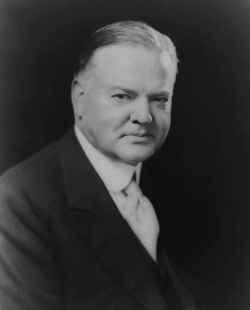.jpg)
Francisco Franco
From Wikipedia, the free encyclopedia
Spanish Civil War
Francisco Franco Bahamonde (4 December 1892 in Ferrol – 20 November 1975 in Madrid), commonly known as Francisco Franco (Spanish pronunciation: [fɾanˈθisko ˈfɾaŋko]), or simply Franco, was a military general and dictator of Spain from October 1936, and de facto regent of the nominally restored Kingdom of Spain from 1947 until his death in 1975. Franco used the title Caudillo de España, por la gracia de Dios from 1936 onwards, meaning, Leader of Spain, by the grace of God. During his almost forty year reign, Franco's governance went through various different phases, although the most common ideological features present throughout included a strong sense of Spanish nationalism and protection of the country's territorial integrity, Catholicism, anti-communism, anti-masonry and traditional values.
From a military family, originally intent on entering the Spanish Navy, Franco instead became a soldier. He participated in the Rif War in Morocco, becoming the youngest general in Europe by 1926. After returning to the Spanish mainland, he saw service supressing an anarchist-led strike in 1934; defending the stability of Alcalá-Zamora's conservative government. Following the formation of a Popular Front government, made up of Marxist, liberal republican and anarchist factions, instability heightened. Incidents of anti-clerical and anti-Catholic violence by leftist militants occured and also the assasination of José Calvo Sotelo, political leader of Acción Española.
Franco and the military participated in a coup d'état against the Popular Front government. The coup failed and devolved into the Spanish Civil War during which Franco emerged as the leader of the Nationalists against the Popular Front government. After winning the civil war with military aid from Italy and Germany—while the Soviet Union and various Internationalists aided the left—he dissolved the Spanish Parliament. He then established a right-wing authoritarian regime that lasted until 1978, when a new constitution was drafted. During the Second World War, Franco officially maintained a policy of non-belligerency and later of neutrality. However, he agreed to allow the many Spanish volunteers, known as the Blue Division to join the German Army in the fight against Communism on the Eastern Front.
After the end of World War II, Franco maintained his control in Spain through the implementation of severe measures: the systematic suppression of dissident views through censorship and coercion, the institutionalization of torture, the imprisonment of ideological enemies in concentration camps throughout the country (such as Los Merinales in Seville, San Marcos in León, Castuera in Extremadura, and Miranda de Ebro), the implementation of forced labor in prisons, and the use of the death penalty and heavy prison sentences as deterrents for his ideological enemies. During the Cold War, the United States established a diplomatic alliance with Spain, due to Franco's strong anti-Communist policy. American President Richard Nixon toasted Franco, and, after Franco's death, stated: "General Franco was a loyal friend and ally of the United States." After his death Spain gradually began its transition to democracy. Today, pre-constitutional symbols from the Franco regime (such as the national flag with the Imperial Eagle) are banned by law in Spain.


.jpg)























